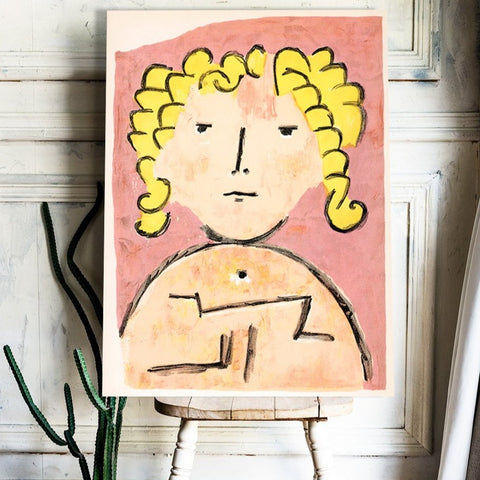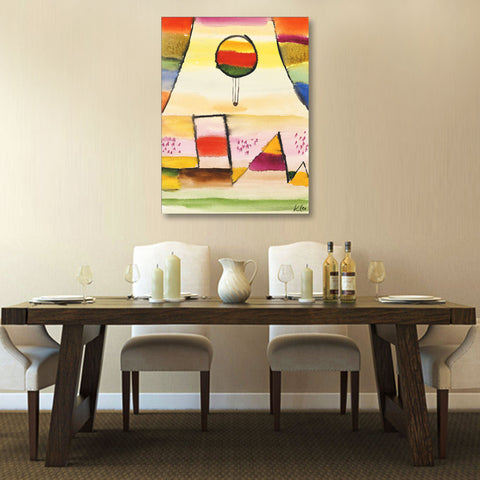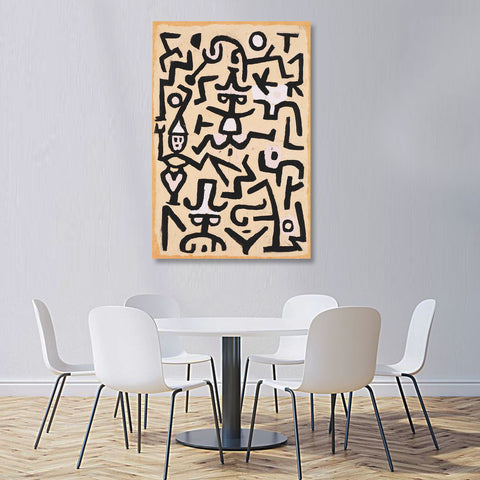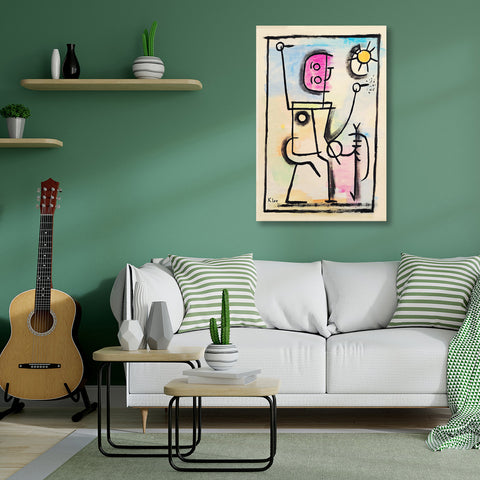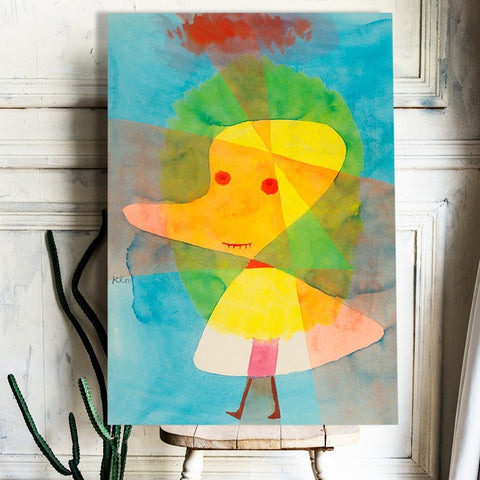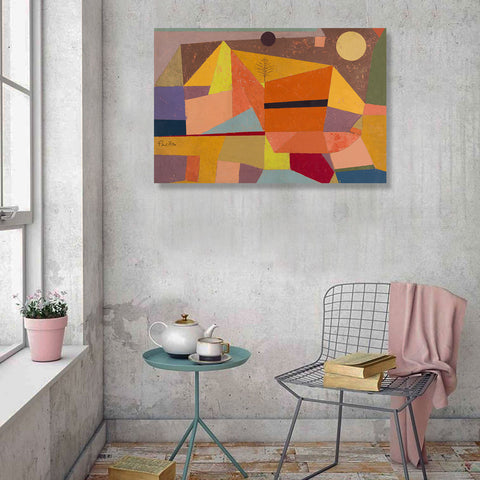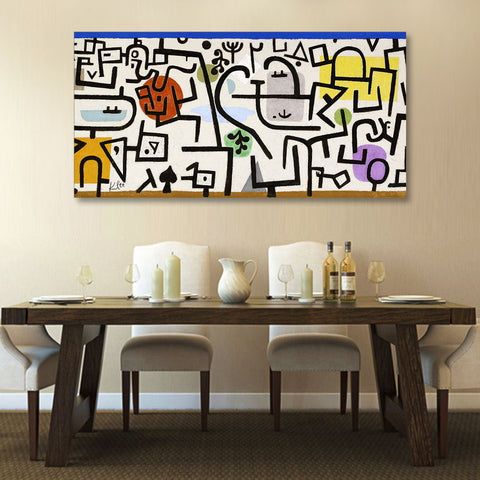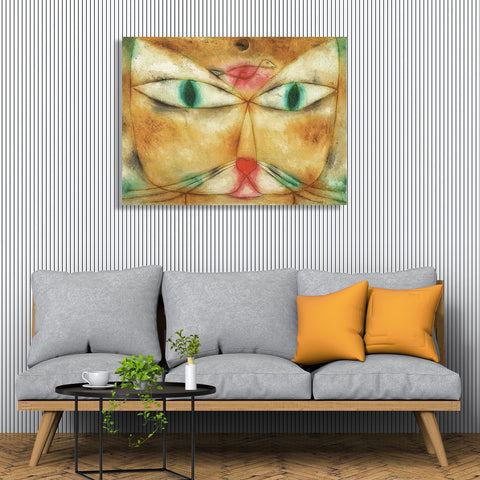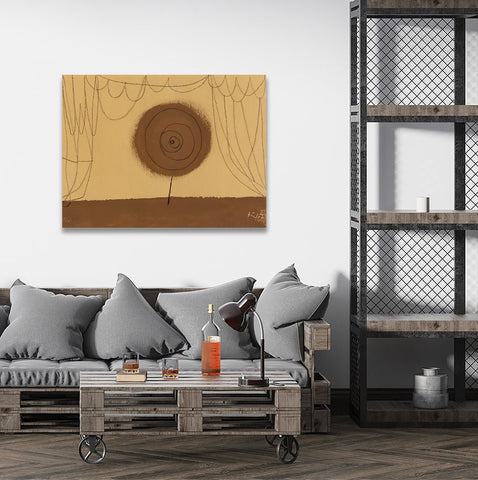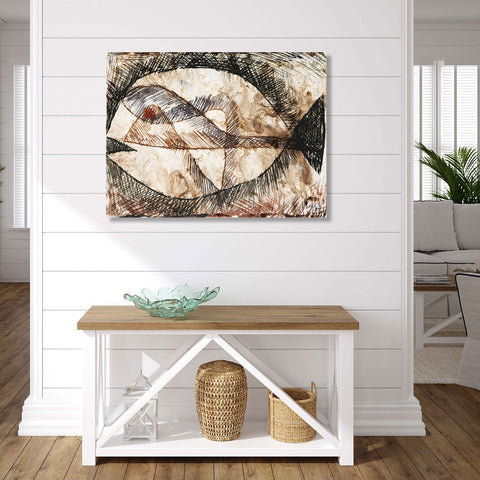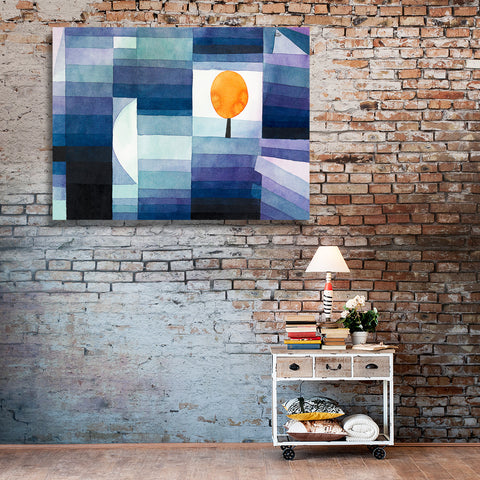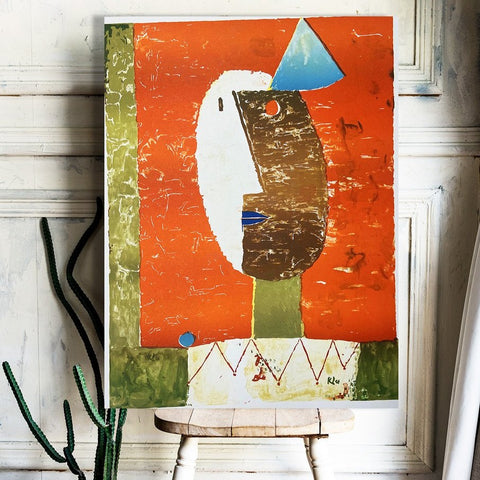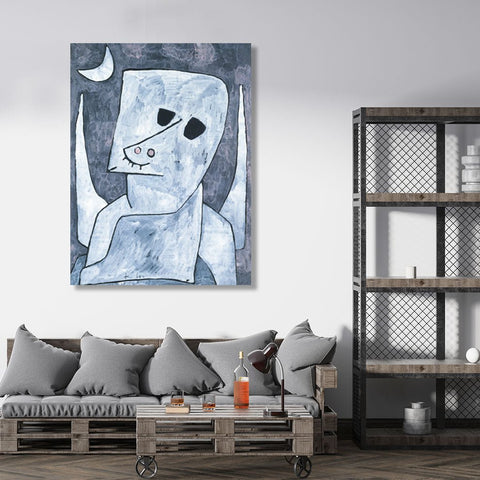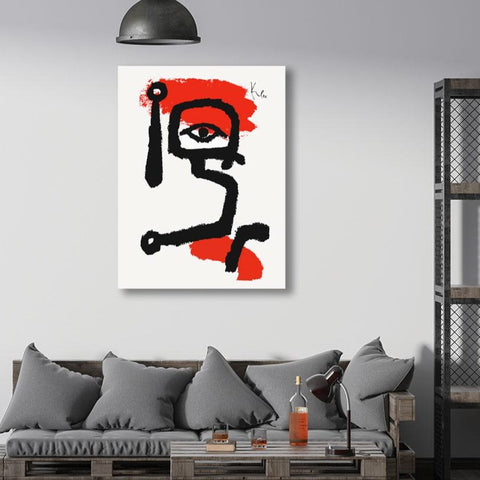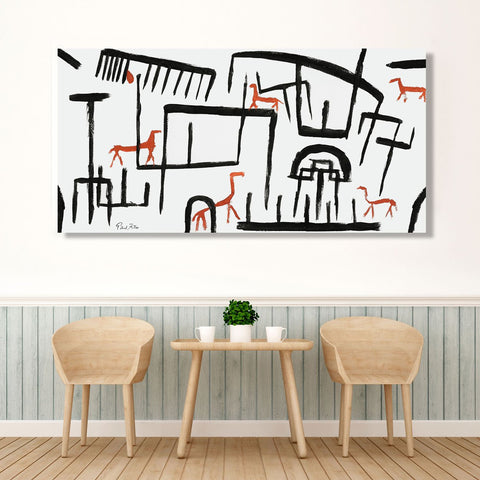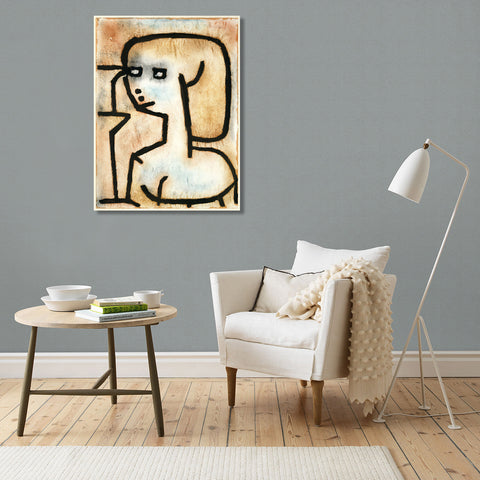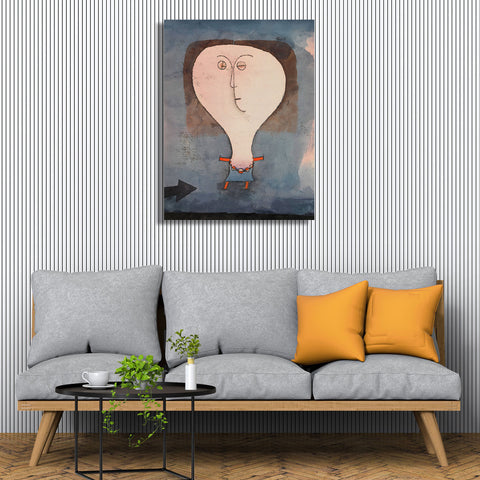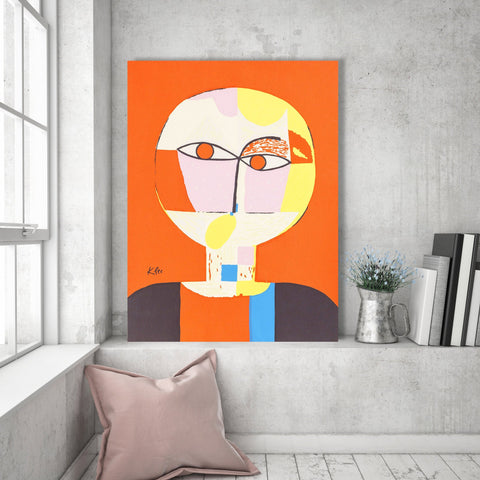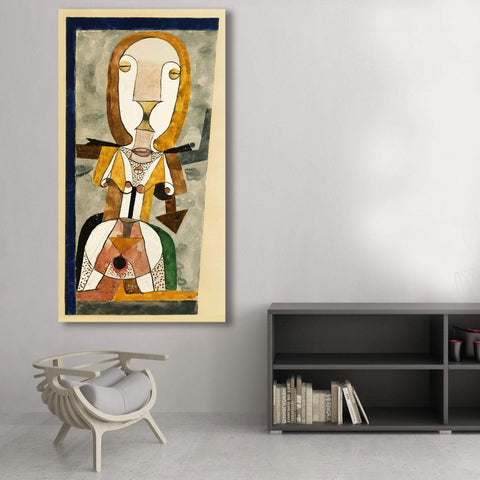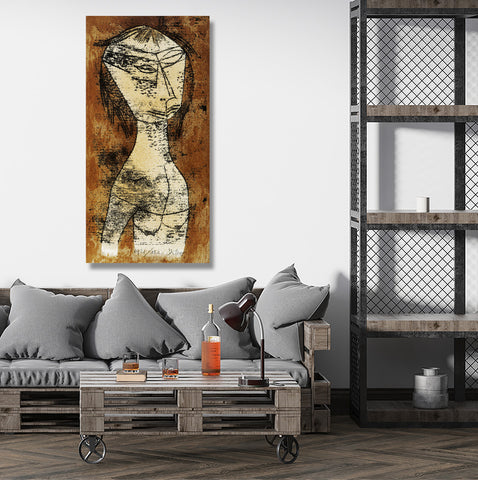Paul KLEE (Fine Art)

Paul KLEE, Self-portrait.
Paul KLEE (1879 – 1940) was a Swiss-born German artist. His highly individual style was influenced by movements in art that included expressionism, cubism, and surrealism. Klee was a natural draftsman who experimented with and eventually deeply explored color theory, writing about it extensively; his lectures "Writings on Form and Design Theory", published in English as the "Paul Klee Notebooks", are held to be as important for modern art as Leonardo da Vinci's A Treatise on Painting for the Renaissance. Paul Klee and his colleague, Russian painter Wassily Kandinsky taught at the Bauhaus school of art, design, and architecture in Germany.
Klee's artworks are difficult to classify. He was inventive in his methods and technique. Klee worked in many different media – oil paint, watercolor, ink, pastel, etching, and others, and often combined them into one work. He worked with canvas, burlap, muslin, linen, gauze, cardboard, metal foils, fabric, wallpaper, and newsprint. Klee used a great variety of color palettes from nearly monochromatic to highly polychromatic. He often used geometric forms and grid format compositions as well as letters and numbers, frequently combined with playful figures of animals and people. Some works were completely abstract.

Paul KLEE, Self-portrait.
Paul KLEE (1879 – 1940) was a Swiss-born German artist. His highly individual style was influenced by movements in art that included expressionism, cubism, and surrealism. Klee was a natural draftsman who experimented with and eventually deeply explored color theory, writing about it extensively; his lectures "Writings on Form and Design Theory", published in English as the "Paul Klee Notebooks", are held to be as important for modern art as Leonardo da Vinci's A Treatise on Painting for the Renaissance. Paul Klee and his colleague, Russian painter Wassily Kandinsky taught at the Bauhaus school of art, design, and architecture in Germany.
Klee's artworks are difficult to classify. He was inventive in his methods and technique. Klee worked in many different media – oil paint, watercolor, ink, pastel, etching, and others, and often combined them into one work. He worked with canvas, burlap, muslin, linen, gauze, cardboard, metal foils, fabric, wallpaper, and newsprint. Klee used a great variety of color palettes from nearly monochromatic to highly polychromatic. He often used geometric forms and grid format compositions as well as letters and numbers, frequently combined with playful figures of animals and people. Some works were completely abstract.



